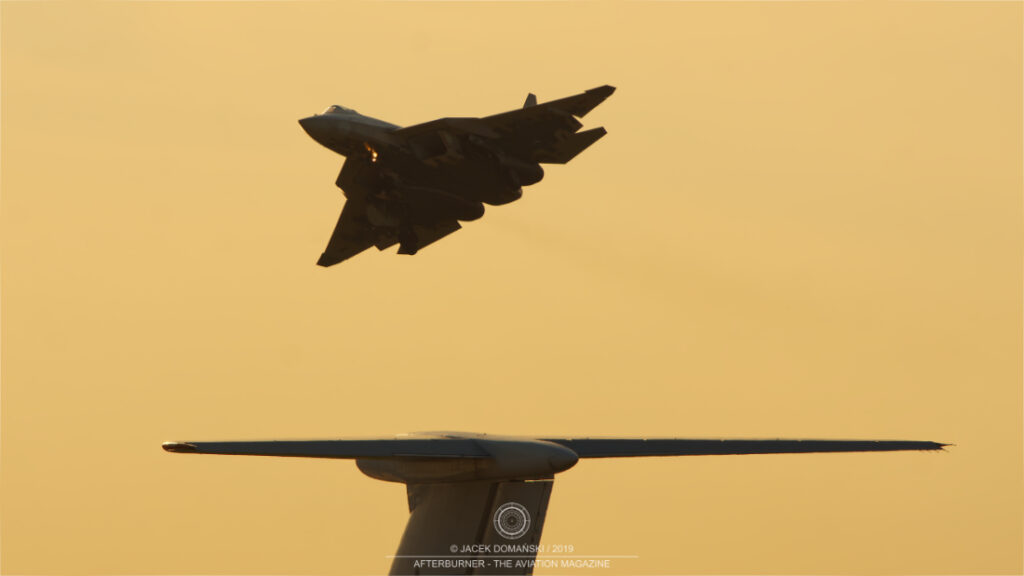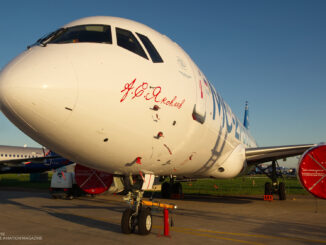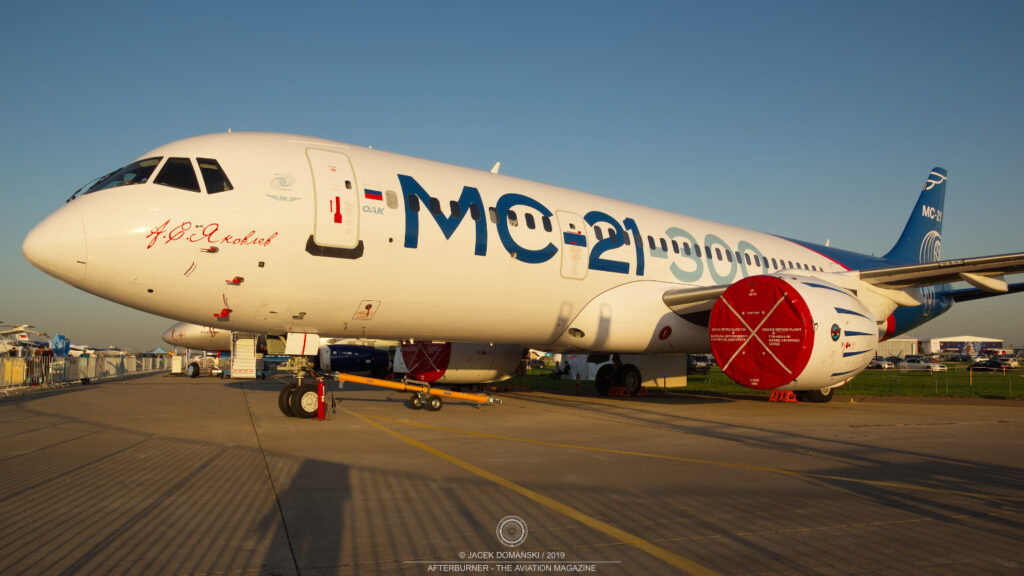 According to the Russian authorities, until the end of the current decade, intensity of air traffic in Russia should increase one and a half times compared to 2023. At the same time, however, the number of Western-made airlines being currently operated by Russian carriers, will decrease at a rapid pace, mostly due to sanctions against the country.
According to the Russian authorities, until the end of the current decade, intensity of air traffic in Russia should increase one and a half times compared to 2023. At the same time, however, the number of Western-made airlines being currently operated by Russian carriers, will decrease at a rapid pace, mostly due to sanctions against the country.
Both forecasts led to conclusion that Russia needs hundreds of new passenger aircraft in a relatively short time. The need was already noted by the country´s government and resulted in a programme known as KPGA (Комплексная программа развития авиатранспортной отрасли –Comprehensive programme for development of the aviation industry), aimed to manufacture more than one thousand airliners until the end of the 2020s. That initiative was officially announced in June of 2022, when the Russian Minister of Trade and Industry Denis Manturov promised the delivery of no less than 1,081 new passenger aeroplanes and helicopter, including 142 examples of SJ-100, 270 examples of MC-21, 70 examples of Il-114-300 and Tu-214, as well as 12 examples of Il-96-300.
In addition, the KPGA forecasted the total market demand for new passenger aircraft market on domestic and export markets at 1.8 thousand aircraft by 2040, with the estimated capital expenditure exceeding one trillion roubles (approximately 10.1 billion EUR).
However, the management of OJSC United Aircraft Corporation (UAC) almost immediately corrected the aforementioned number to six hundred, taking into account the real production capacity of the company. In addition, a recent audit of the Russian passenger aviation market showed that even the second number is a mere exaggeration and the forecasted market demand is up to five times lower than stated by the government.
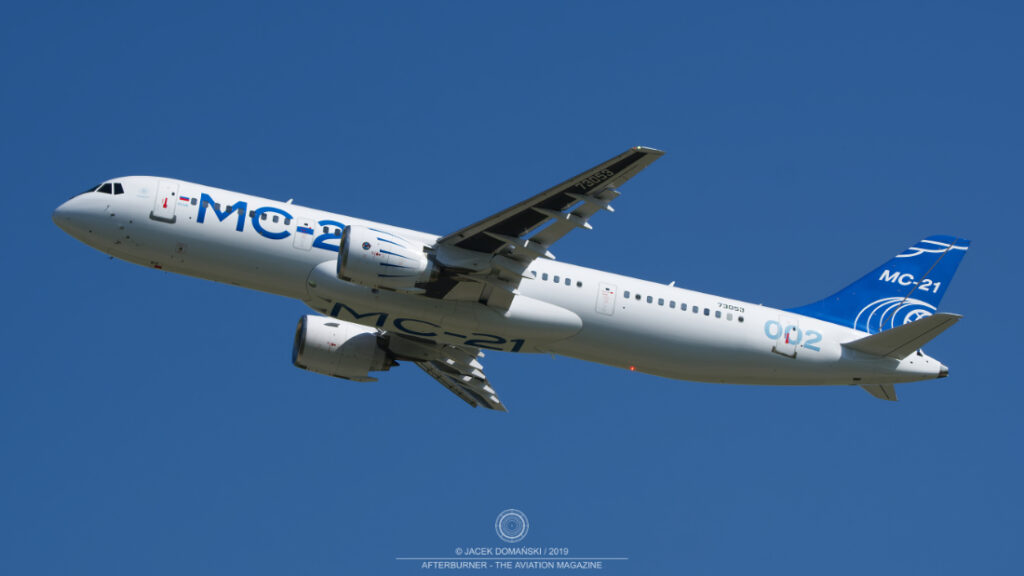
The number of new, Russian-made passenger aircraft shared by Manturov back in 2022 was indeed a stunning one. Nevertheless, the next two years showed the programme not only started too slow but, in addition, suffered from many delays and issues related to so-called ´russification´ of the already developed aircraft.
In addition, it seemed that UAC preferred to focus on military aircraft. The company that merged the entire domestic aviation industry, incorporating Ilyushin, Irkut, Mikoyan, Sukhoi, Tupolev, and Yakovlev construction bureaus into one body, was created – as officially stated by the Russian government – to protect and develop the scientific and industrial potential of the country´s aircraft industry, the security and defence of the state, as well as to create a cluster accumulating intellectual, industrial, and financial resources of the Russian aviation. In fact, last year the corporation was so far able to deliver only nine civilian airliners for domestic market (more information about issues of the Russian passenger aviation can be found in our featured story from April of 2024 – Modern Russian airliners – where the mistake was made?).
Eventually, early this year, even the ultra-optimistic numbers shared by the Russian Ministry of Transport were officially reduced to 994. What´s more, the aircraft deliveries within the aforementioned programme were delayed, and now are expected to start only in 2025.
At the same time, the ministry published a forecast related to Western-made aircraft operated by the Russian carriers. According to that predictions, the number of such aircraft should decrease to 319 examples by 2030 (from 783 aircraft operated in 2022).
In August of 2024, the Russian media disclosed that group of consultants from Sberbank and Gazprom Neft was assigned the task to perform a governmental audit in UAC and its subsidiaries. The direct reason was exactly the UAC announcement about another delay in aircraft deliveries.
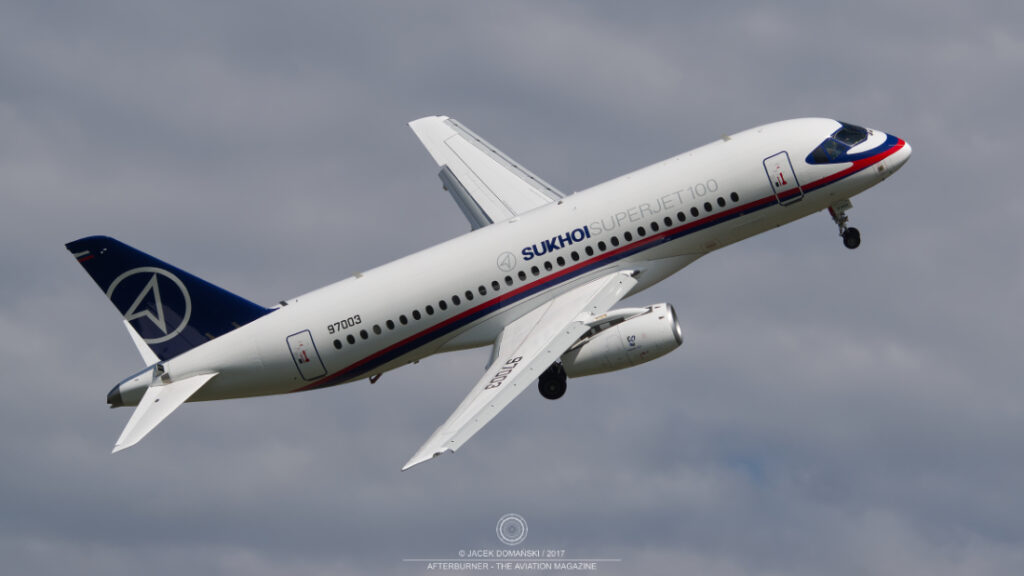
According to daily Russian business newspaper, Kommersant (Коммерсантъ – The Businessman), the auditors took into account the expected demand for air travel, as well as several economic factors and confronted them with the governmental programme.
The conclusion was astonishing. Instead of 140 – 270 passenger aircraft to be produced annually – as required by the Russian government – the real market demand is expected to not exceed 50 – 60 aircraft per year. In addition, the auditors pointed out several further issues threating the programme, including a significant delay in the MC-21 development, as well as decreasing interest in the Tu-214 and the SJ-100 airliners.
The delay in the MC-21 development is already the well-recognized problem facing the UAC company. The ´russification´ of the aircraft is going too slow and does not bring the expected results. In the new variant of the airliner, designated MC-21-300, all Western-made materials, technology and equipment were replaced by their Russian equivalents. In consequence, weight of the empty aeroplane was increased by 5,75 tons, resulting in higher fuel consumption and decreased range.
Although the first deliveries of serial manufactured MC-21s were initially scheduled for December of 2024, the aforementioned issue with the aircraft weight caused another delay in its development. The MC-21-300 prototype requires further evaluation; therefore, the deliveries were recently postponed to at least 2025, or probably, even 2026.
However, the overweight is just one of many problems related to that aircraft. One of recently disclosed issues is the increased price of domestically made PD-14 (Перспективный / Пермский Двигатель – Perspective / Perm-manufactured engine) engines. Intended to replace the initial Pratt & Whitney PW1000G powerplants, the PD-14 currently costs 1.8 billion roubles per piece – while the cost of the single P&W engine was, before the sanctions, around 900 million roubles.

Consequently, the price of a single aircraft for the Aeroflot company, expected to become the biggest operator of the MC-21 fleet, increased within a year from 3.2 to 3.6 billion roubles, according to Kommersant.
Moreover, export plans related to the MC-21 included in the KPGA, also seems to be unrealistic. Initially, the Russian government estimated the international demand for ´the airliner for the 21st century´ at approximately 150 – 300 examples per annum. Among potential customers interested in acquiring the aircraft Belarus, Syria, Iran, CIS and South American countries were mentioned.
However, earlier this year, the European Union Aviation Safety Agency (EASA) announced, the MC-21 was denied the European type certification. This decision may significantly affect the future sales of the airliner, limiting its customers to domestic market only. Especially that the Russian airliner will most probably be more expensive than its Western equivalents. The last price estimation for the MC-21 was around 9 billion roubles (approximately 103 million USD), comparing to 50 – 60 million USD for Airbus A320 or Boeing 737, in prices from Q4 2022.
Situation with the SJ-100 – the new, ´russificated´ variant of Sukhoi Superjet / SSJ-100 – seems to be even worse. In June of 2024, Sergei Alexandrovsky, the CEO of Aeroflot, announced that the company refused to acquire eighty-nine new SJ-100 aircraft (as well as forty Tu-214s), opting to buy more MC-21s instead.
Aeroflot is currently the biggest operator of the Superjet fleet. The forecast included in the KPGA estimated the company to acquire about one hundred of the new SJ-100 aircraft. In addition, Aeroflot had to be followed by Red Wings Airlines (with more than 110 Superjets) and S7 (with at least 25 examples of the SJ-100). Nevertheless, reality shows that there is little demand for such a small airliner on the domestic market and there is practically no chance to find any customer abroad.
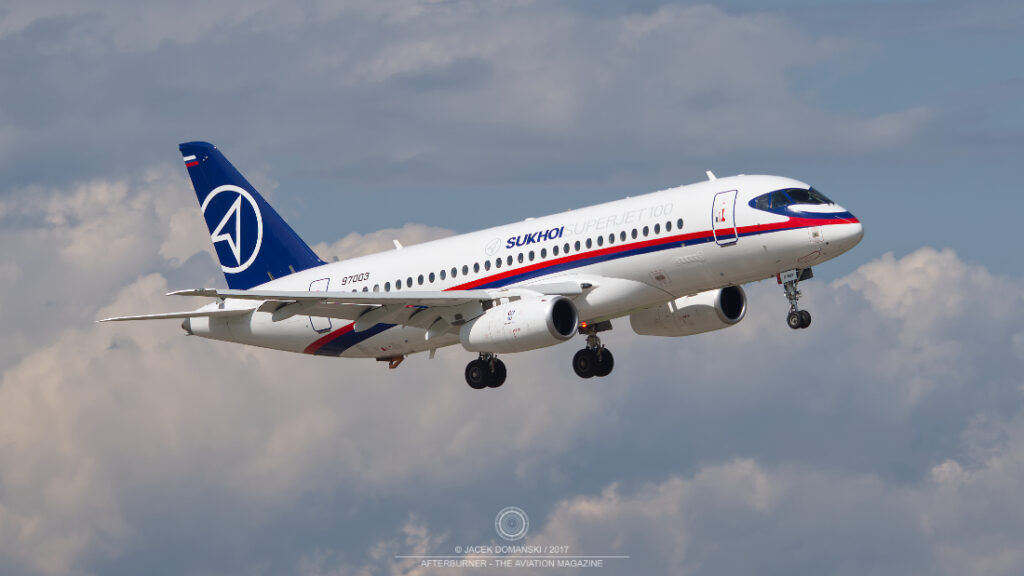
In conclusion, the Aeroflot refusal may put into question the reason to continue the Superjet development programme any longer. However, the manufacturer still points that currently the fleet of approximately 150 SSJ-100 aircraft is being operated in Russia. All those aeroplanes were made prior to 2022 and with use of Western components and equipment. Therefore, sooner or later, they will need to be replaced by entirely domestic-made aircraft and that may create a niche for the new Superjet.
However, the ´russificated´ SJ-100 suffers from the same issue as the MC-21. Namely, the increased price for the aircraft made with use of only domestic materials and technologies. In addition, and similarly to the bigger airliner, PD-8 powerplant, being the domestic equivalent of SAM 146 engine, costs about one billion roubles, compared to 700 million roubles for the Western-made Power Jet.
according to Kommersant’s sources, in consequence of the audit the aviation industry may be asked to work out price controls and, together with the Ministry of Transport, assess the actual volume of necessary aircraft deliveries.
The newspaper stated that currently the Russian passenger fleet includes about 880 aircraft, able to carry 113 million passengers. According to the Kommersant sources, the passenger flow will remain the same until 2029. Therefore, there is no reason for manufacturing such the incredible number of new aircraft as required by the government.
It is important to note that Kommersant and the alarming conclusions drawn by the newspaper´s journalists, are just one of many voices in the country´s media that undermine foundations of the KPGA. The government programme from 2022 is the subject of increasing criticism in Russia. Economic and aviation industry experts point several drawbacks of the KPGA, such as using the outdated market surveys, not taking into account regional and local transport needs, current trends in population mobility, as well as global situation after outbreak of war in Ukraine.
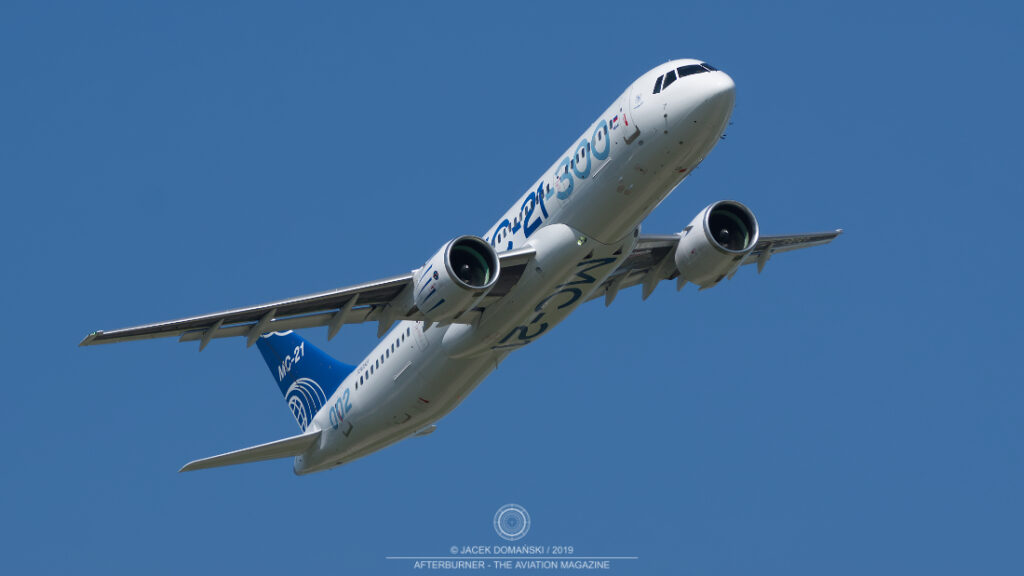
Therefore, two years after its publication, the KPGA more and more separates from reality. And stubborn assertion of its forecasts and estimations may demolish the Russian passenger aircraft market.
Especially that the never-ending development of the MC-21 and SJ-100 forced the UAC subcontractors to move their production assets to other projects. In consequence, the realistic annual production of both aircraft is currently estimated at about dozen examples – which is far away from expected market demand of 50 – 60 new aeroplanes per year, as resulted from the audit.
On the other hand, both the government and the independent experts agree that – starting from 2026 – the Western-made aircraft should be rapidly withdrawn from active service with the Russian aircraft carriers. Due to protracted development of domestic airliners, their prices and worse characteristics, the market demand may be met by both acquiring pre-used aeroplanes and purchasing new airliners from China.
The third solution, probably the worst for the Russian passenger aviation industry, is to allow some foreign operators to take over the traffic on domestic routes. However, it seems that Chinese aviation companies are slowly but carefully preparing for that option.
